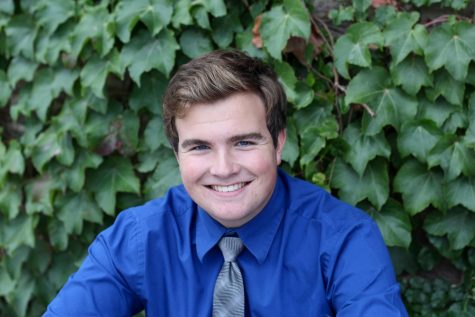Different Teaching Styles
Ever since we were five we have had to go to school where we were taught everything from math and English, to music and art. Like myself, you probably have a favorite teacher. This teacher may be a teacher you’ve had recently or even a teacher that you had a long time ago. I want you for a second to think about this teacher. What about them made them your favorite? What made their class so much fun? If you are like me, it may be based on the way the teacher runs their classroom. Maybe your favorite is a teacher who lectures the entire time, but makes the lecture fun and interactive, or maybe it is a teacher who consistently has you working on different hands-on projects. Either way that teacher developed a unique teaching style that sets them apart from other teachers.
Teaching Styles are methods composed of different principles and methods used by teachers to enable student learning. It’s important to note that not one teaching style is perfect for every teacher, subject, and students. Many teachers base their teaching styles on different things such as their own personality and subject they are teaching.
Señora Parrow, one of the two Spanish teachers here at Fargo North, takes a different spin on the way she teaches her class.
“Active and hands on,” explained Parrow, “I think that I focus a lot of time on tasks so that means having as many people doing as many things at one time as I can get them to do.”
Some students, including senior Mackenzie Conlin prefer this style of teaching, especially for a subject such as Spanish. “Her passion and energy creates a learning atmosphere that is really enjoyable and makes it really easy to learn a lot of material in a short amount of time.” said Conlin. This type of learning has inspired Conlin to continue her Spanish education next year in college.
Some teachers focus on multiple elements of teaching. Algebra I and AP statistics teacher Mr. Lehman is one of these examples, he uses multiple styles of teaching to make sure that students can learn the content.
“I would describe my teaching style as a balance between learning the technicalities of the course content and allowing students to experience the material in a hands-on way,” said Lehman. Many teachers will incorporate multiple different styles in order to reach students who prefer different learning styles.
Every student learns and retains the most information in different ways. Much like how teachers have teaching styles, students have learning styles. These are methods in which they will retain the most information and include: visual, auditory, reading/writing, and kinesthetic. Every student learns best through one or more of these categories. For example, auditory learners might learn best by repeating information back to the teacher, or kinesthetic might enjoy doing a hands on activity.
Many teachers aim at including elements of all of these styles to maximize the amount of information that’s being retained. Teachers will often change their teaching styles based on their students needs.
“If a student is struggling with something, I try to add extra types of things, vocabulary for example, I have to come up with ways for you to remember this, because you are not remembering it” said Parrow. It’s no surprise that many teachers will sit back and think about the way that they are providing information towards students, so each student can be successful.
Another thing that plays a factor in different teaching styles is the personality of the teacher.
“I am a pretty laid back person, and while I always have a plan, I also realize that the likelihood of that plan going perfectly is low” said Lehman.
Most teachers teach in a way that is comfortable to them. If they are loud and in your face, that will most likely be seen in their teaching, likewise if the teacher is more chill and laid back the class environment will be a more relaxed form of learning.
Overall, it really comes down to the teacher and how they feel the best way to teach students is. There is no one correct way to teach a class, just as there is not one single way that students learn.
“I frequently reflect on the past days or weeks and ask myself if I am truly doing what’s best for students” said Lehman. I believe that Mr. Lehman speaks for multiple teachers here and that they put a lot more effort in than what meets the eye. They truly care about the information that they are teaching.
Your donation will support the student journalists of Fargo North High School. Your contribution will allow us to resume physical printing of our newspaper for students at Fargo North!

Jaden Zander is a senior at Fargo North and it is his first year in journalism. He is the Web Editor for the Scroll. His favorite part of journalism is...




